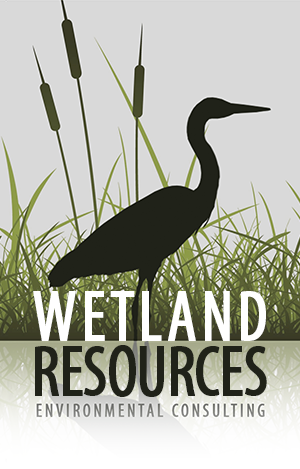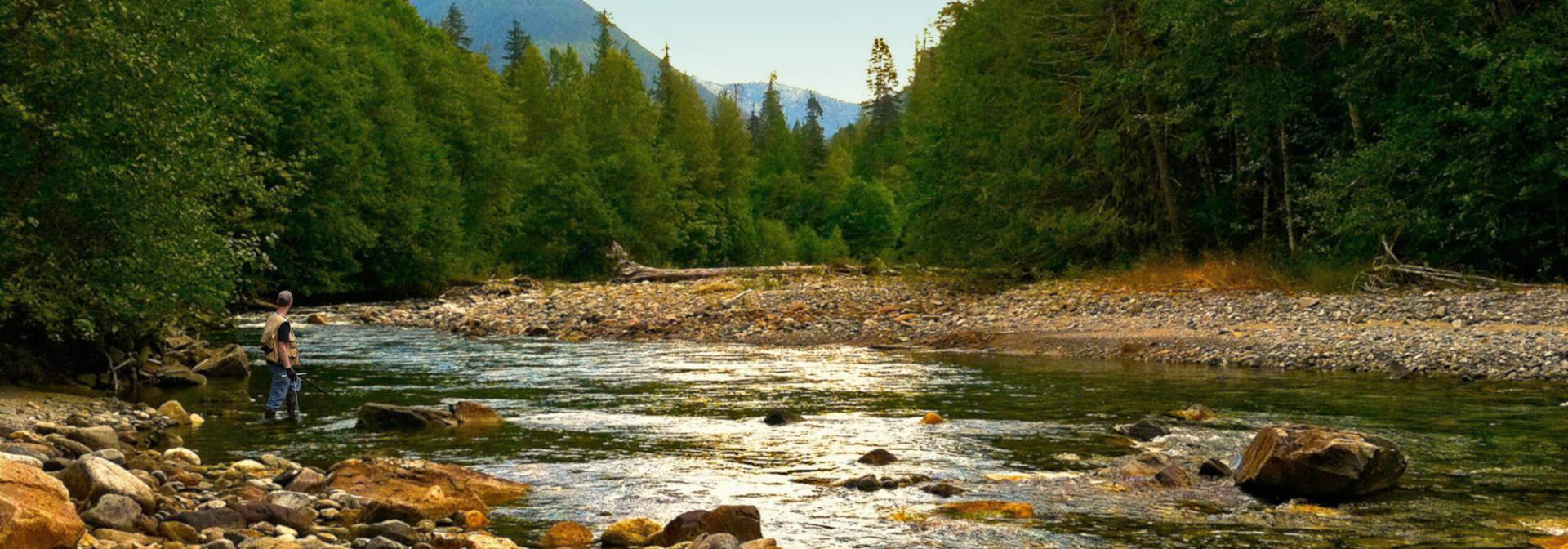Site Investigation and Reconnaissance
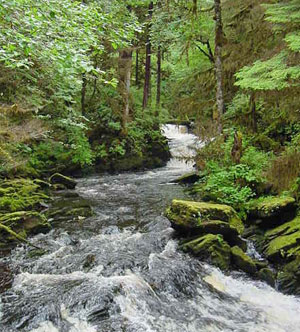
Wetland Resources provides timely site reconnaissance services as part of the due diligence process. It is typically in the interest of our clients to know if critical areas areas exist within or near the project and how those areas will be treated under applicable regulations. Reports may be made verbally on site or in a written form with maps showing approximate locations and classifications of sensitive areas. Clients use these reports to help determine fair market value of their property, as pre-application documents for planning, and to assist mortgage companies in reviewing loan applications.
Wetland and Ordinary High Water Mark Delineation
The professionals at Wetland Resources are well-versed in the use of both the DOE Washington State Wetlands Identification and Delineation Manual and the US Army Corps of Engineers’ Wetlands Delineation Manual. These two manuals cover most jurisdictions in the United States for determination and delineation of wetland systems. Wetland and ordinary high water mark delineations must be done accurately throughout the year to avoid costly delays in permitting and development. To best represent landowners and purchasers, delineated boundaries must be dependable using accurate interpretation of existing regulations and field indicators. There is no substitute for field experience. Wetland Resources has performed thousands of delineations in all types of environments and development situations throughout the northwest. Our delineations are professionally accurate and defendable.
Wetland Mitigation Planning
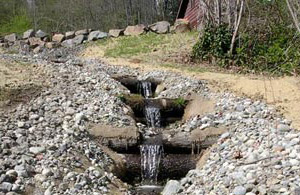
Many development projects are not able to proceed without some impact to environmentally sensitive areas. We understand the needs of the development community and property owners along with the personal and statutory requirements of the government regulators who issue permits. It is in the interest of all groups that beneficial mitigation is negotiated. Successful mitigation requires combined skills in engineering, wetland ecology, and resource planning. Wetland Resources has extensive experience with mitigation planning within the varying policies and ordinances in jurisdictions throughout Washington and the northwest. We also provide monitoring services to ensure that the installed mitigation projects are successful and meet monitoring protocols established by permit authorities.
Natural Habitat Creation
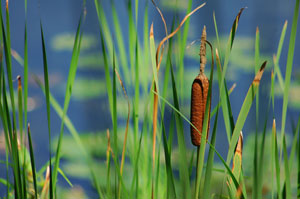
Wetland Resources has designed and supervised the construction of wetlands, streams, lakes and ponds, all built from dry, upland environments. Creation of sensitive areas is often prescribed in mitigation requirements, as resolution of permit violations, or for the aesthetic enjoyment of diverse fish and wildlife habitat. Natural habitat creation requires expertise in detailed site planning. The professionals at Wetland Resources are well-versed in the techniques of successful sensitive area creation. The goals of the owner/manager, permitting agencies, and design engineers are incorporated into a feasible project plan that meets the needs of everyone involved. Such planning requires a strong background in earthwork, construction, hydrology, botany, soils, and economics. Construction supervision, monitoring after development, and contingency planning are tools provided by Wetland Resources that are often required for assurance of the long-term success of the creation project.
Sensitive Site Restoration
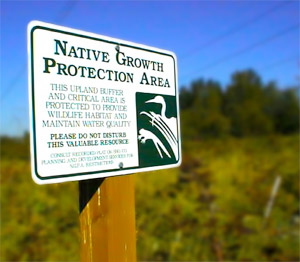
Many of our sensitive areas have been manipulated and disturbed in the past. Disturbance can be caused by traditional cattle grazing, farming, logging, or construction activity. Disturbance also may be associated with non-permitted clearing or grading activities. Restoration of these sites is often required to resolve regulatory violations, as a portion of a mitigation plan, or to enhance and/or restore an area for aesthetics, fish, or wildlife.
Restoration plans may involve the manipulation of ground surface elevations and soil characteristics, native plant landscaping, and the delivery of adequate hydrology for the type of the environment designed. Wetland Resources has developed and implemented restoration plans involving disturbed streams and lakes, filled or graded wetlands, and associated upland buffers. We have restored many natural sites by reclaiming access roads, landing areas, and construction areas.
Functionally, our restoration goals revolve around development of low maintenance systems. We design natural systems that look and persist as if they have always existed on the site.
Ecological and Aquatic Resource Monitoring
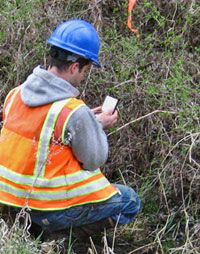
Wetland Resources’ scientists have wide-ranging experience with baseline and post-mitigation monitoring. Monitoring of existing conditions as well as post-action objectives is essential in determining the overall success of mitigation. Our staff has experience in numerous monitoring methods ranging from straightforward vegetation monitoring using Braun-Blanquet or similar methods to the protocols described by the Salmon Recovery Funding Board, April 2004. Effective use of established methodologies is essential for defendable results of restoration and/or enhancement projects.
Fish & Wildlife and Threatened & Endangered Species
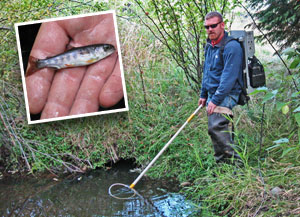
The professionals at Wetland Resources have extensive experience with fish and wildlife studies and compliance with threatened and endangered species laws. We are equipped and licensed to perform fish surveys, including DNR protocol presence/absence surveys, fish relocation for in-stream construction, and other site-specific studies. Our wildlife biologists are qualified and proficient in performing on-site wildlife studies and preparing technical reports required by many local jurisdictions for sensitive species, species of concern, and threatened and endangered species. We are also well-versed in the federal requirements for Biological Evaluations and Assessments. Our extensive experience with the US Army Corps of Engineers and NOAA Fisheries prepares us to advise our clients on the complex federal permitting process. We can help avoid extensive permitting delays through careful project design and prepare project stakeholders for the federal process. When other state agencies become involved, such as Washington Department of Ecology or Washington Department of Fish and Wildlife, we coordinate information and correspondence among all involved to aid the reviewers and speed up the review process.

